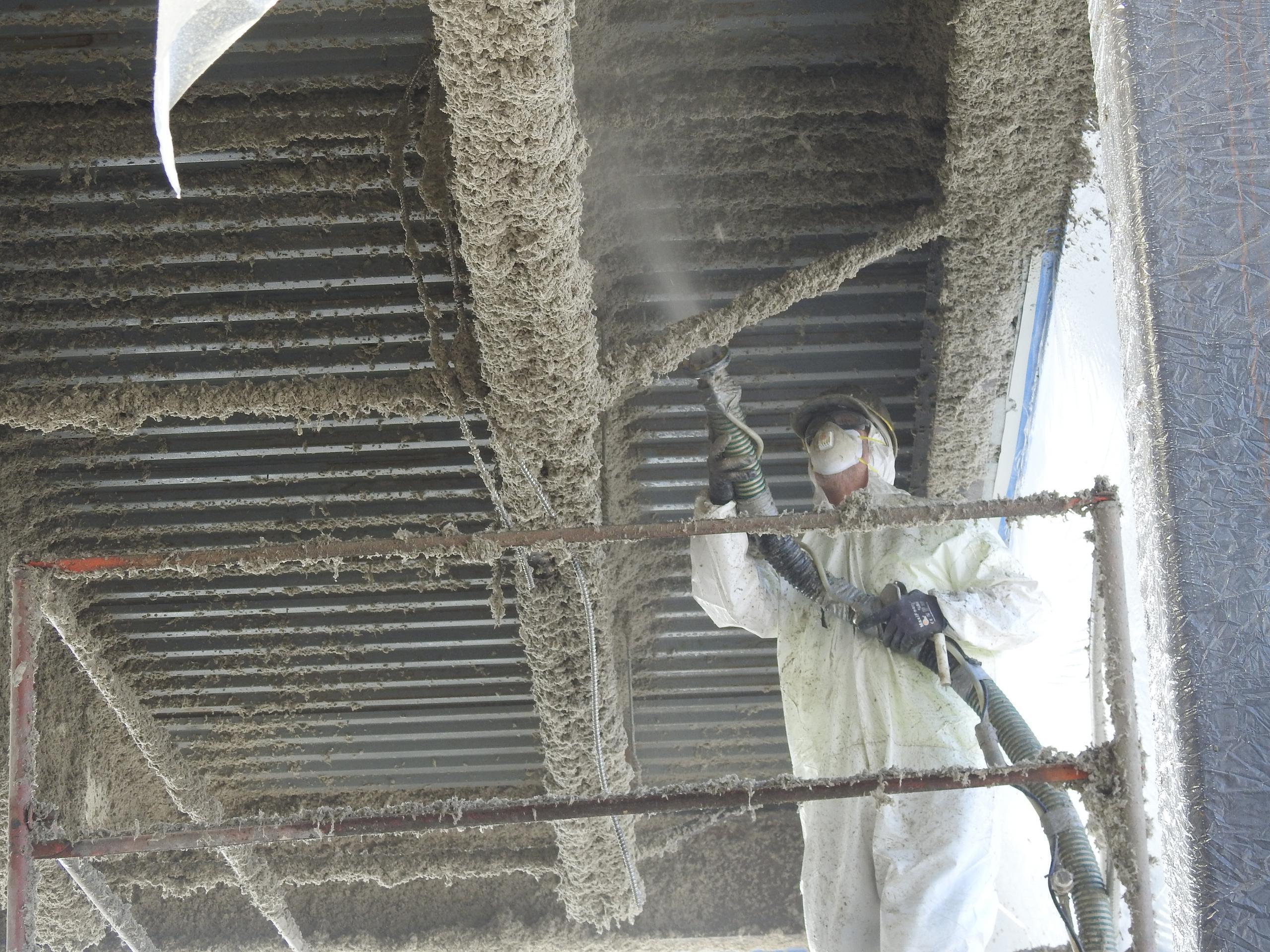In today's world, where energy conservation and sustainability are paramount, finding the most energy-efficient insulation is crucial for reducing carbon footprints and optimizing energy consumption in buildings. With a myriad of options available, it can be challenging to determine the best choice. In this article, we delve into the realm of cutting-edge insulation technologies, exploring the forefront of energy efficiency and sustainable building solutions.
- The Evolution of Insulation:
Insulation has come a long way since its inception, with advancements driven by the need for energy efficiency. Traditional insulation materials like fiberglass and cellulose have served their purpose, but new innovations have emerged to address their limitations. Today, we witness a revolution in insulation technology, focusing on maximizing thermal performance while minimizing environmental impact. - Aerogel Insulation: The Marvel of Nanostructured Materials:
At the forefront of energy-efficient insulation, aerogel stands as a game-changer. Composed of an ultra-lightweight, nanoporous structure, aerogel boasts exceptional thermal insulation properties. With its low thermal conductivity, it effectively reduces heat transfer, making it an ideal choice for energy-conscious builders. Furthermore, aerogel is eco-friendly, non-combustible, and resistant to moisture, making it a versatile and sustainable insulation solution. - Vacuum Insulation Panels (VIPs): Pushing the Boundaries of Efficiency:
Vacuum insulation panels (VIPs) represent another breakthrough in energy-efficient insulation. These panels consist of a core material enclosed in an airtight envelope, creating a vacuum that minimizes heat transfer through conduction and convection. VIPs offer an incredibly high thermal resistance, enabling thinner insulation layers while maintaining superior performance. Although VIPs are relatively expensive, their long-term energy savings and reduced environmental impact make them an attractive option for energy-conscious projects. - Phase Change Materials (PCMs): Harnessing Thermal Energy Storage:
Phase change materials (PCMs) are revolutionizing insulation by leveraging the concept of thermal energy storage. These materials have the ability to absorb and release heat during phase transitions, effectively regulating indoor temperatures. By incorporating PCMs into insulation products, buildings can benefit from reduced heating and cooling demands, resulting in significant energy savings. PCMs offer a sustainable and efficient solution, particularly in regions with extreme temperature fluctuations. - Natural and Recycled Insulation: Sustainability at its Core:
In the pursuit of energy efficiency, natural and recycled insulation materials have gained popularity. Materials such as sheep's wool, hemp, cork, and recycled denim offer excellent thermal performance while minimizing environmental impact. These sustainable alternatives provide effective insulation, moisture control, and improved indoor air quality, making them ideal choices for eco-conscious builders.
Conclusion:
As the world strives for energy efficiency and sustainability, the quest for the most energy-efficient insulation continues. From the marvel of aerogel to the innovation of vacuum insulation panels and the utilization of phase change materials, the options are expanding. Additionally, the rise of natural and recycled insulation materials showcases the industry's commitment to reducing environmental impact. By embracing these cutting-edge solutions, we can create buildings that are not only energy-efficient but also environmentally friendly, paving the way for a greener and more sustainable future.


